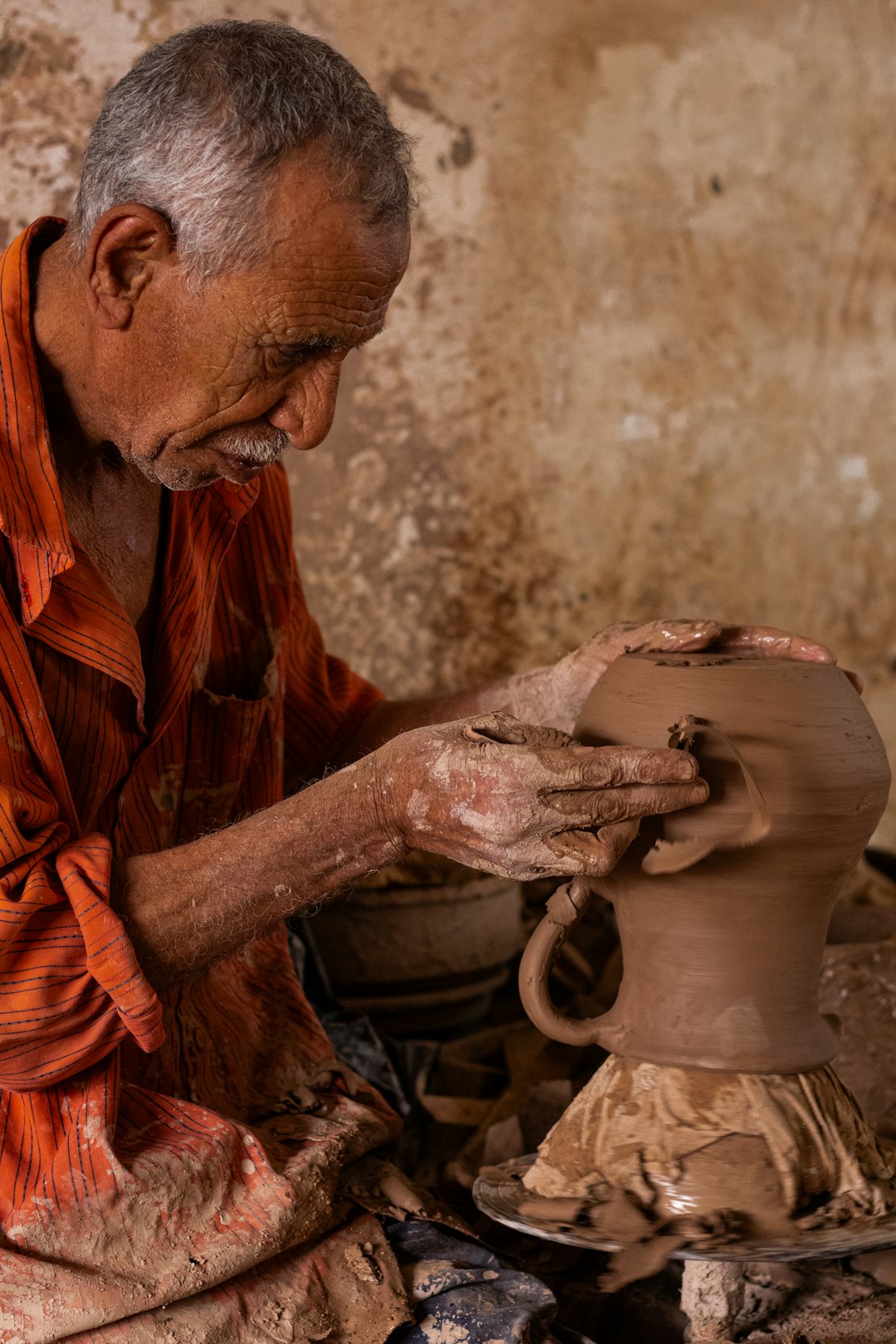Çebiti, a lesser-known but deeply fascinating cultural artifact, has a rich history that spans centuries. Originating from regions steeped in tradition and craftsmanship, this unique creation has played an important role in local customs, artistic expression, and even daily life. Despite its relative obscurity outside expert circles, the story of Çebiti is one worth exploring.
The Origins of Çebiti
Scholars believe that Çebiti traces its roots to ancient artisans who perfected a specialized technique for creating intricate designs and patterns. While the exact geographic origins remain the subject of debate, historical records suggest that it first emerged in regions known for their strong artistic heritage and handcrafting skills.
What sets Çebiti apart from other traditional crafts is its combination of functionality, aesthetics, and symbolism. The materials used in its creation were often sourced locally, demonstrating the adaptability and resourcefulness of its early makers.

How Çebiti Evolved Over Time
Like many cultural artifacts, Çebiti has undergone significant transformations over the centuries. Originally regarded as a utilitarian object, its design gradually evolved to become more intricate and ceremonial. The influence of foreign cultures, trade routes, and technological advancements all contributed to its development.
The key transformations in Çebiti’s history can be categorized as follows:
- Early Forms: The initial versions of Çebiti were crafted using basic tools and techniques, primarily serving functional purposes.
- Artistic Flourish: Over time, artisans began decorating Çebiti with elaborate engravings and embellishments, turning it into a coveted object.
- Cultural Symbolism: Eventually, Çebiti came to represent certain cultural values, often associated with prestige, protection, or status.
The Role of Çebiti in Society
Throughout history, Çebiti has occupied an important place in daily life, from being a household essential to a ceremonial artifact. In certain eras, it was even perceived as a symbol of wealth and skill, with the most refined pieces being commissioned by aristocrats and esteemed figures.

Among the many uses of Çebiti, these stand out as particularly significant:
- Everyday Use: Initially serving a practical function, many households relied on Çebiti as an indispensable tool or object.
- Artistic Display: Master craftsmen began using various materials and decorative techniques to make Çebiti an object of beauty.
- Rituals and Traditions: Some variations of Çebiti became integral to traditional ceremonies, often passed down through generations.
The Decline and Resurgence of Çebiti
Like many traditional crafts, Çebiti faced a decline with the rise of industrialization and modernization. Mass production methods resulted in cheaper alternatives, leading to a reduced demand for artisanal creations. As a result, the skills necessary for making Çebiti were at risk of being lost.
However, in recent years, there has been a resurgence of interest in Çebiti, largely driven by cultural preservation movements and a renewed appreciation for handcrafted goods. Museums, historians, and passionate artisans have worked to restore this centuries-old tradition, ensuring that future generations continue to recognize its significance.

Conclusion
The story of Çebiti is a testament to human creativity, perseverance, and cultural identity. From its humble beginnings to its transformation into a cherished artistic and ceremonial object, it has remained an enduring symbol of tradition. While its prominence may have fluctuated over time, the renewed interest in this fascinating craft suggests that Çebiti is far from being forgotten.
As interest in heritage crafts continues to grow globally, Çebiti serves as an inspiring reminder that even the most obscure traditions can find their place in the modern world. Whether as a decorative masterpiece, a historical artifact, or a revived cultural practice, Çebiti remains an extraordinary example of how art and history intertwine.

